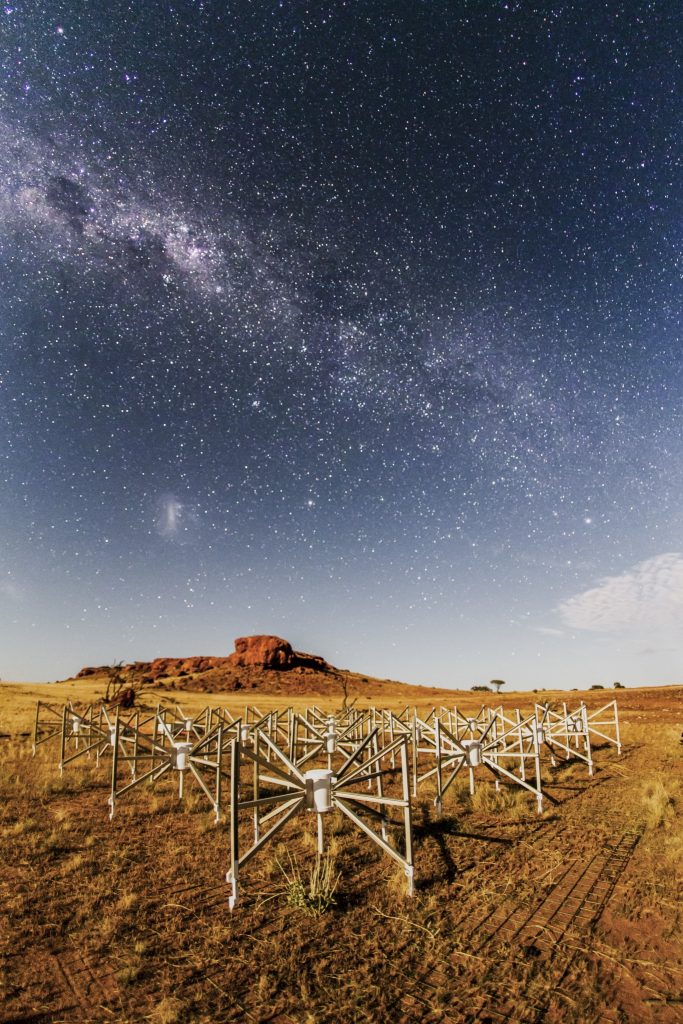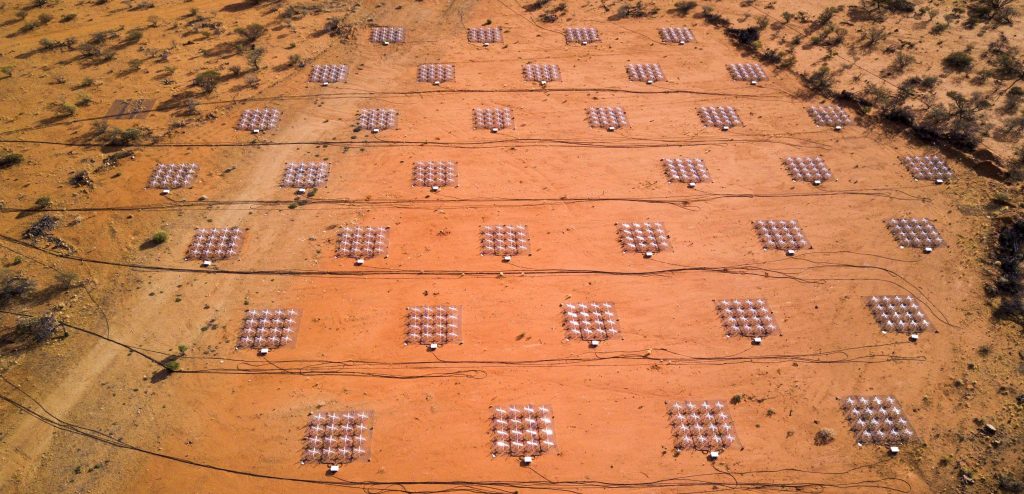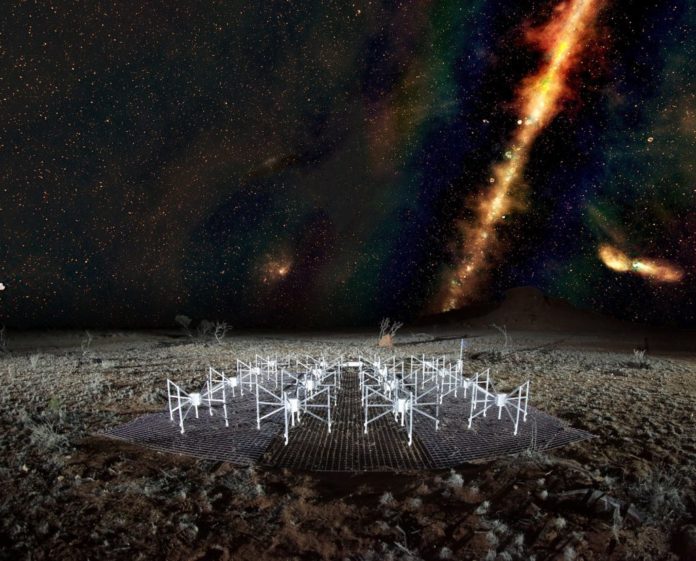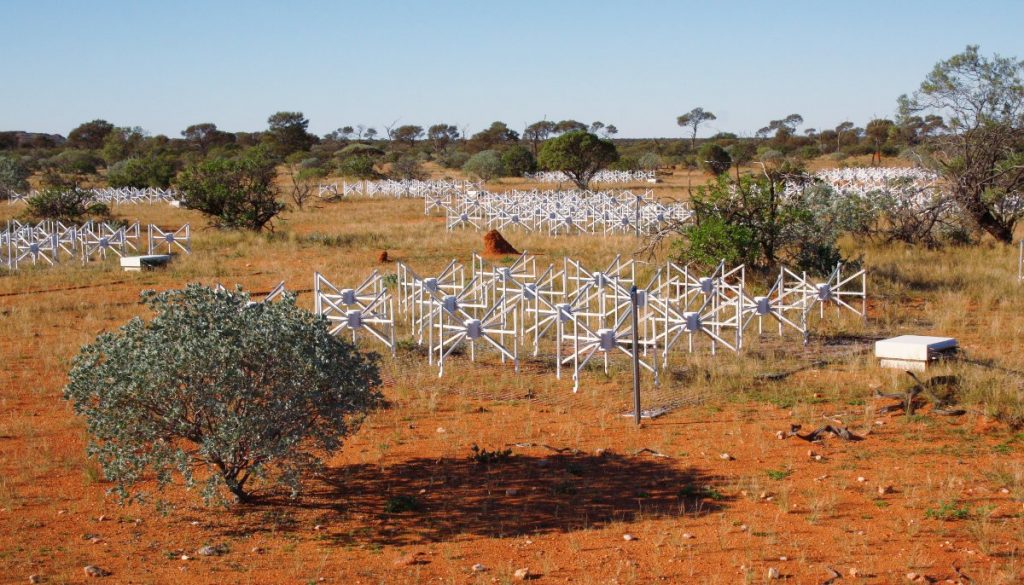Astronomers at the Curtin University node of the International Centre for Radio Astronomy Research (ICRAR) have collaborated with Adelaide company Silentium Defence to devise a passive radar for the surveillance of objects in space.
For that purpose, astronomers will record radio waves bouncing off objects in Earth’s orbit using the super-sensitive Murchison Widefield Array (MWA) radio telescope. Those radio waves will then be used to create a passive radar.

Astronomers reported that the method is passive as the radio waves are generated by FM radio stations located around Australia. No radio transmitters are used for this purpose.
Receiving the signals by MWA, astronomers then used them to track objects.
John Curtin Distinguished Professor Steven Tingay, from the Curtin University node of ICRAR said, “We can use the radio waves during both day and night, and when it is cloudy, so it can provide 24/7 surveillance in a way that other systems based on optical telescopes cannot.”

Surveillance is imperative to screen significant and key resources in space and to assess the risk of collisions that could devastate multi-billion dollar satellites, including satellites basic for correspondences.
The examination group has won financing from the Commonwealth Government Defense Innovation Hub, as declared today by Minister for Defense Industry Christopher Pyne.
Silentium Defense are specialists in latent radar methods for protection and nonmilitary personnel applications.
Combined with the capacities of the MWA, the novel mix of industry and the scholarly community focuses to future space open doors for Western Australia and the country.
Silentium Defense CEO Dr. James Palmer said the coordinated effort between Silentium Defense and the ICRAR-Curtin University astronomers with the MWA demonstrated incredible advancement.
“It is clear that WA will play a big role in the Australian Space Agency, currently in the planning stage.”
Professor Tingay said radio astronomy in Western Australia has again shown that it has an impact well outside of astronomy.
“Work like this lays the basis for a more diversified Western Australian economy, with the possibility to tap into the $US350 billion per year global space economy.”

